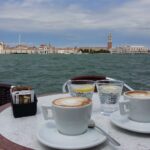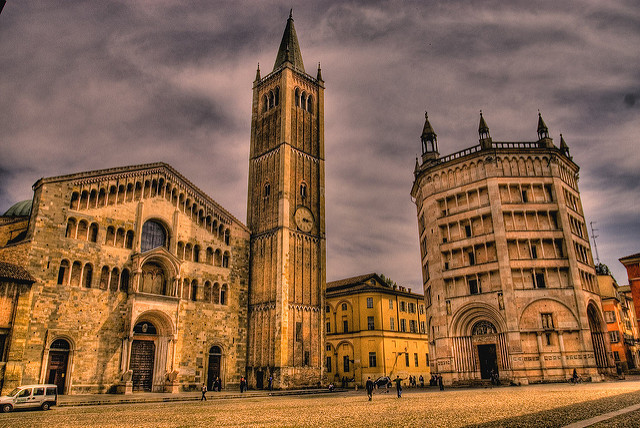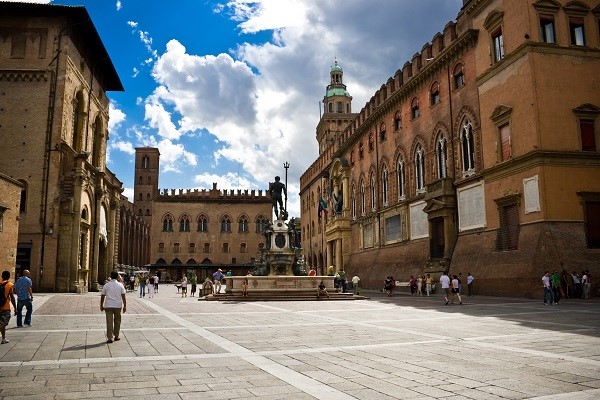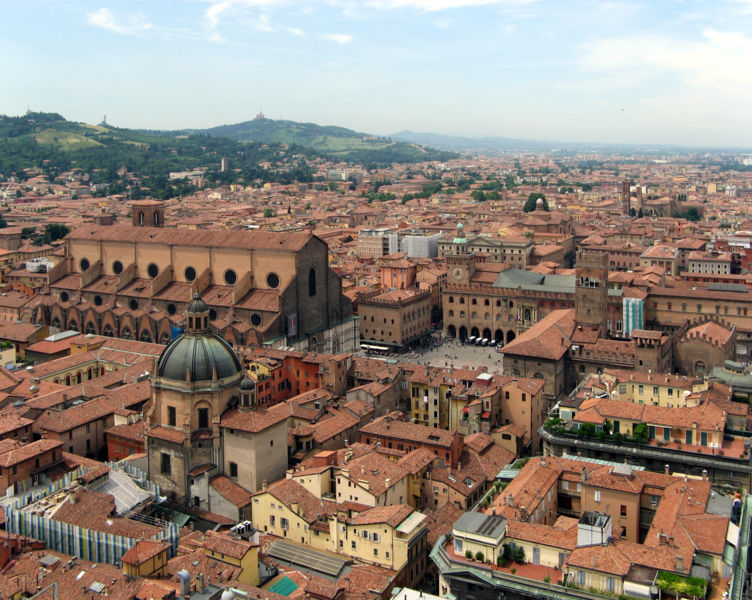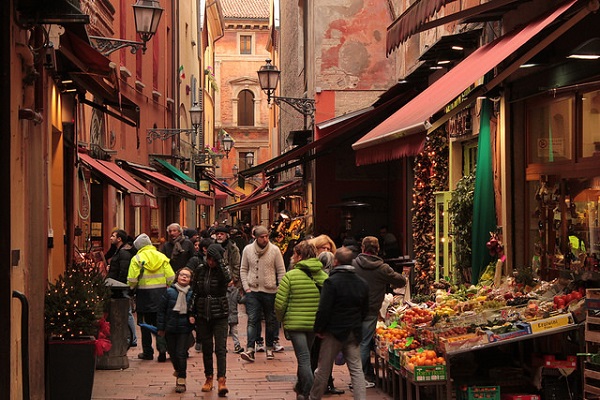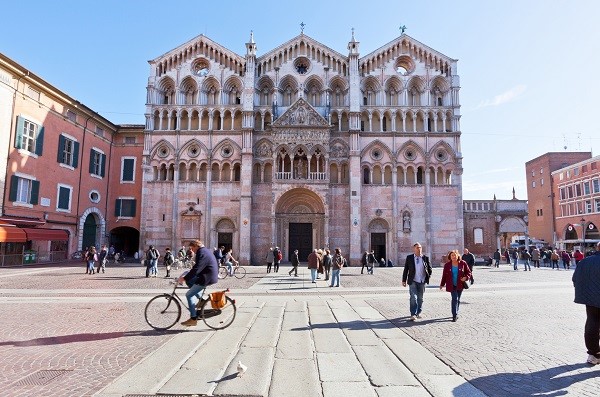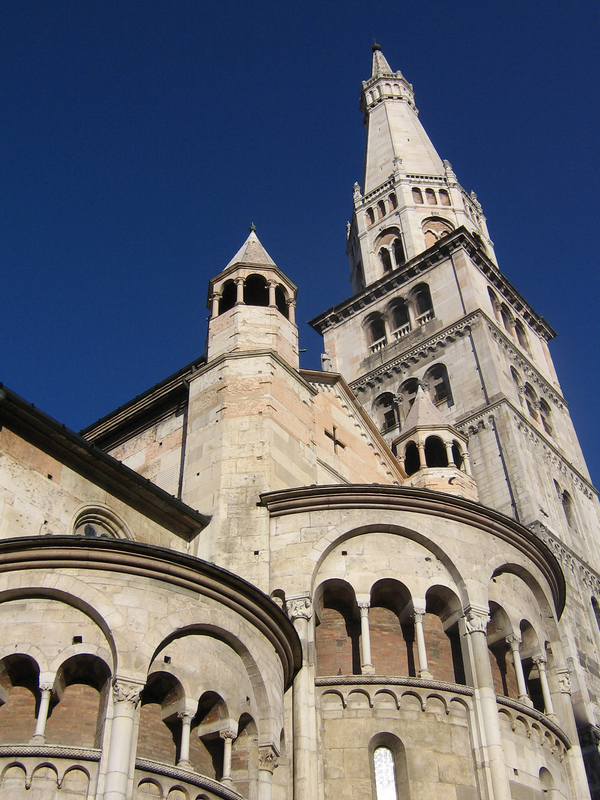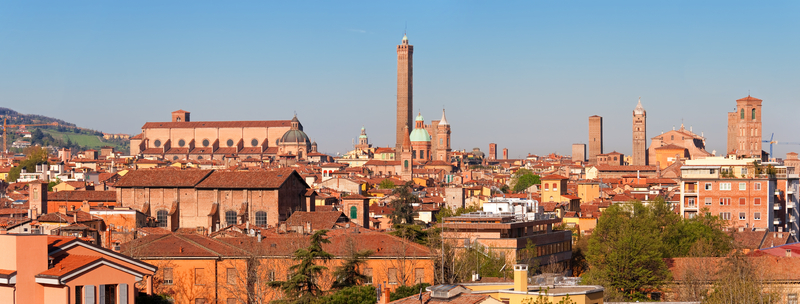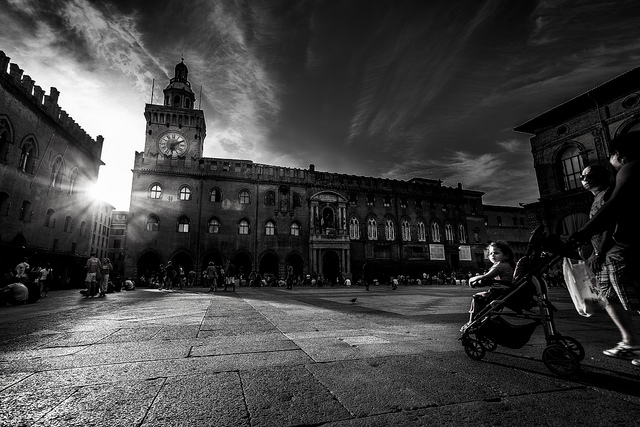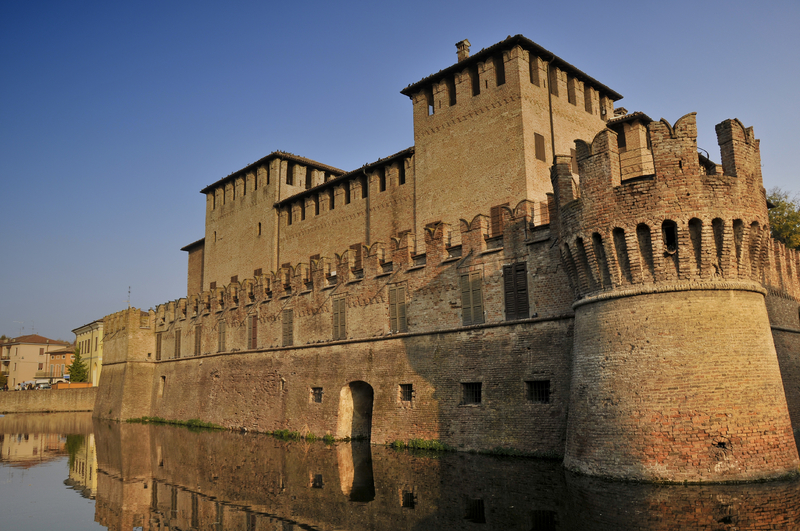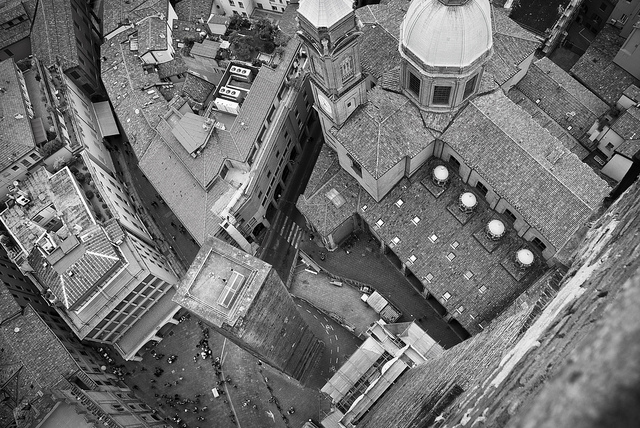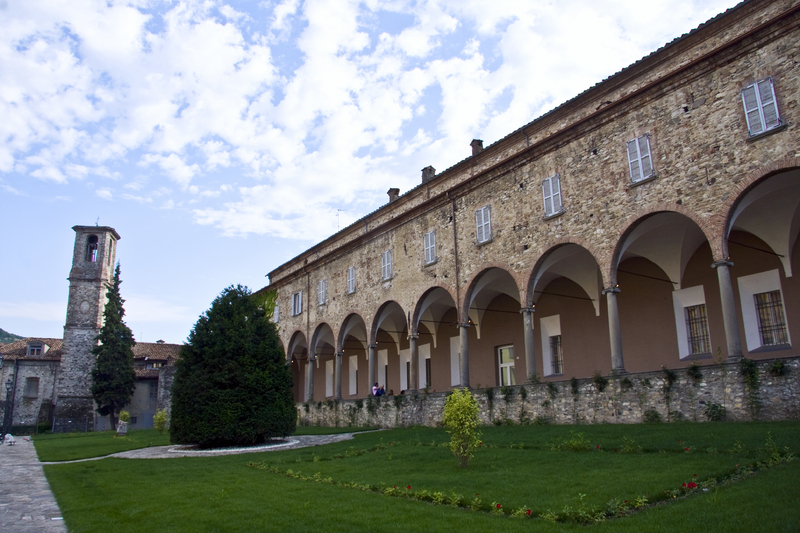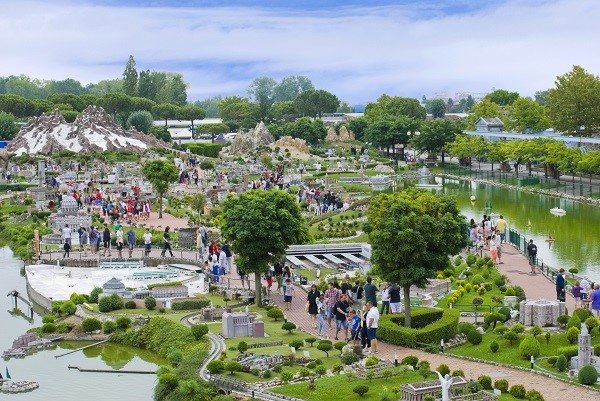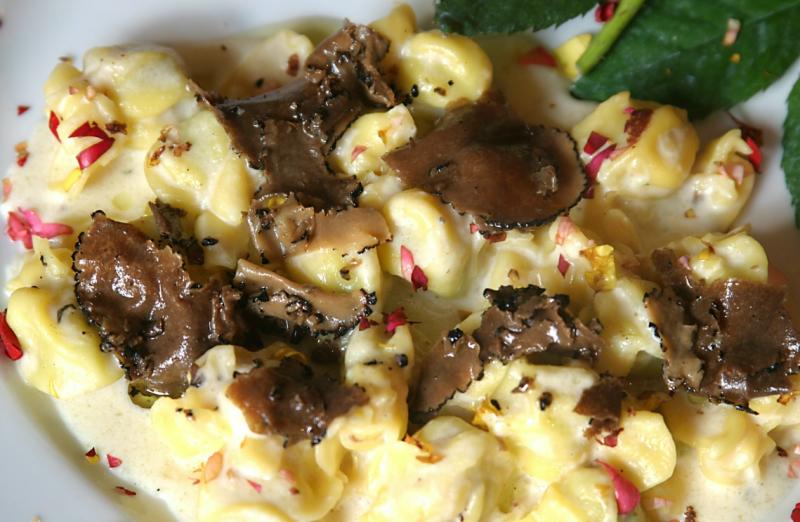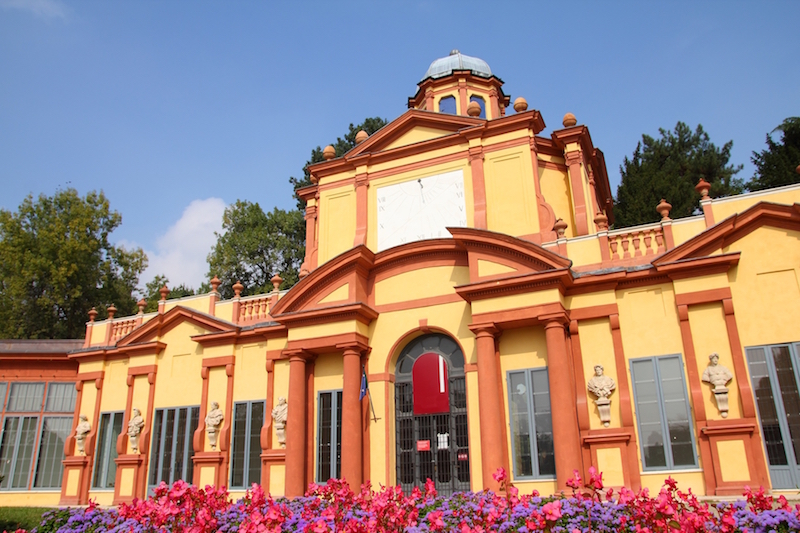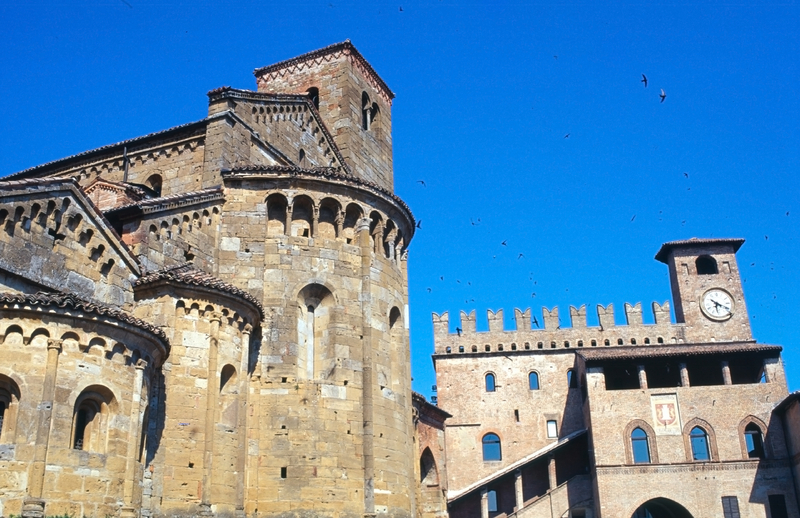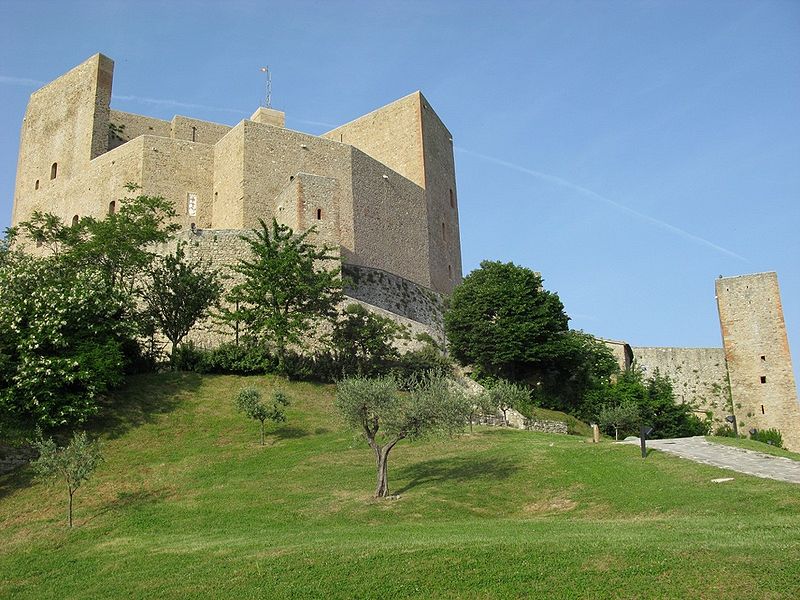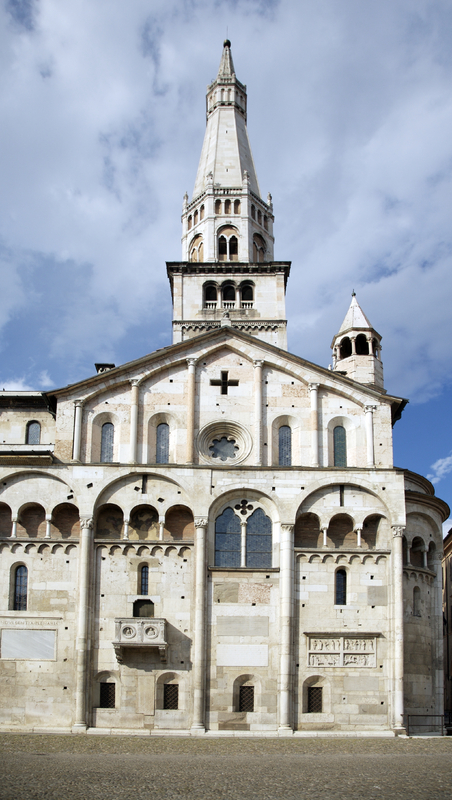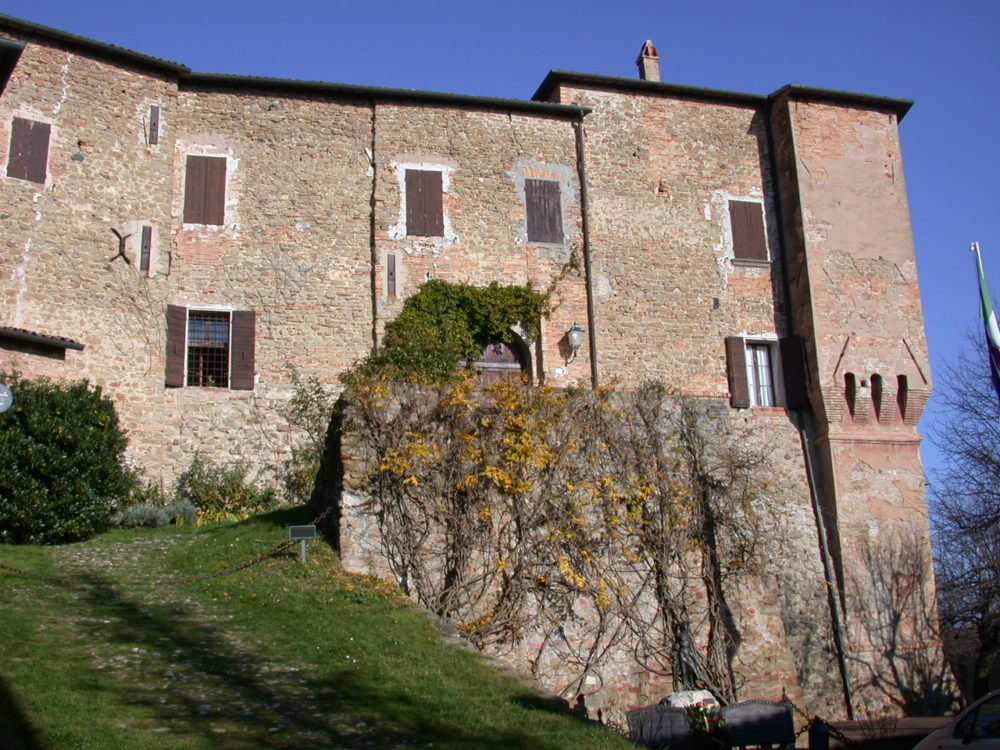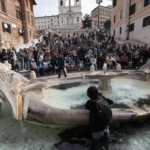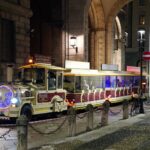
The itinerary proposed here starts in Piazza Roma, the first central square of artistic importance you come across when arriving in Modena by train or bus.
Facing the square is the 17th-century Ducal Palace, headquarters of the Military Academy. Continue down Via Farini and turn right on Via Emilia which after a few meters opens onto Piazza Mazzini at the bottom of which stands the Synagogue built in the second half of the 19th century.
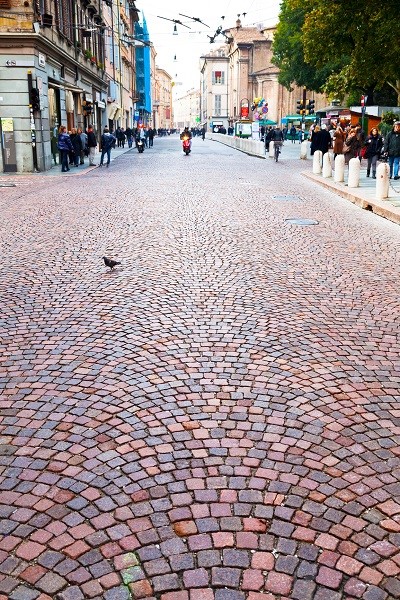
Ph. depositphoto.com/vvoennyy
Continue along Via Emilia and, at the height of the Chiesa Del Voto, take C.so Duomo to reach Piazza Duomo. Here rises the façade of the cathedral, the Duomo, one of the greatest masterworks of European Romanesque, both in its architectural structure by Lanfranco, and its sculptural work by Wiligelmo.
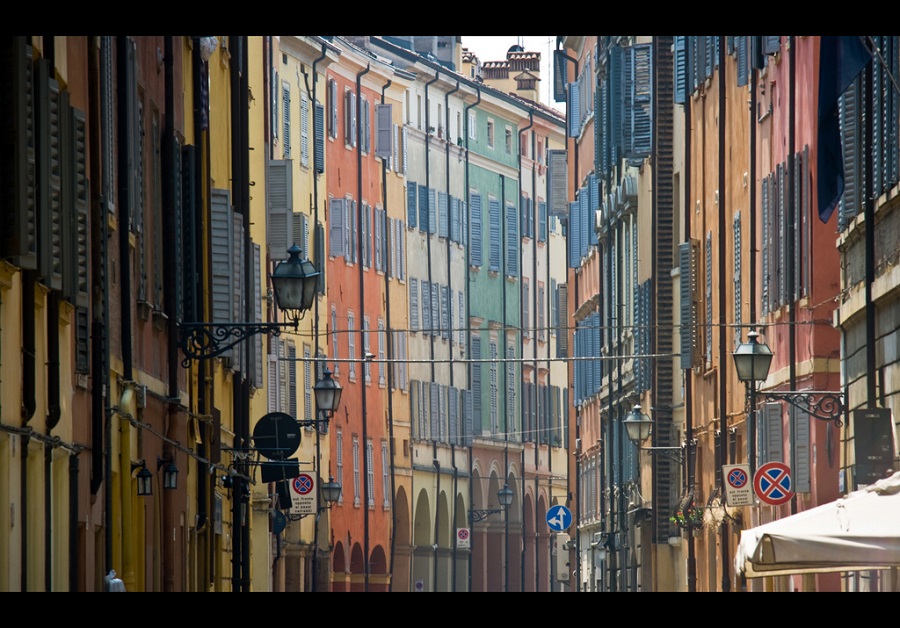
Coming out of the cathedral, continue along Via Lanfranco where the Duomo Museums are found (Epigraphic and Treasury) and passing the Ghirlandina tower – the bell tower of the Duomo and symbol of the town – you reach the Town Hall, a structure composed of various buildings that sprang up over the centuries, starting in the Middle Ages, and is still today seat of the Municipality. From here you can admire Piazza Grande, the heart of Modenese life, with its famous Pietra Ringadora, a pink marble block that used to be used to harangue the crowds. The Duomo, the Ghirlandina Tower, and Piazza Grande have been recognized by Unesco as the heritage of mankind.
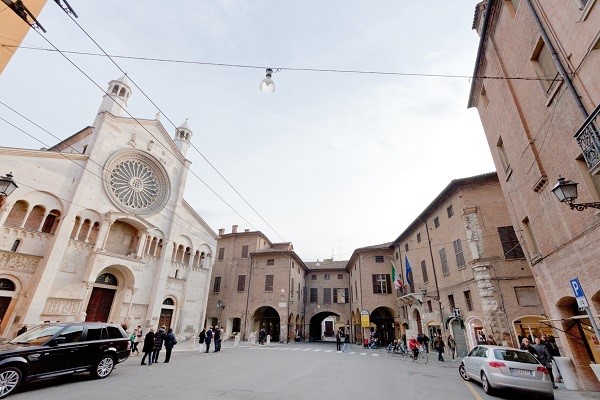
The present cathedral was consecrated by Pope Lucius III in 1184.
Ph. depositphoto.com/vvoennyy
Crossing the square, go back onto C.so Duomo and once back onto Via Emilia, turn left and continue towards Piazza S.Agonisto where you can visit the church of the same name, in which among other artistic treasures, the splendid “Mourning the body of Christ” by Begarelli stands out. Still on the same side where the church rises, is the Palazzo Dei Musei, the seat of many prestigious cultural institutes.
Also, the Municipal Museums, and Estense Gallery housing one of the most important Italian collections reflecting the interest the Estenses had in painting and sculpture, but also in archaeology and other minor arts. Along with these museums, the Palazzo hosts others, such as the Estense Epigraphic Museum, with many exhibits of high artistic value, the Estense library which preserves precious illuminated codes from the 14th to the 16th century, the Municipal Historical Archives with its eight centuries of documentation on the history of Modena and its territory, the Luigi Poletti Municipal Library of Art specialized in the history of art and architecture.
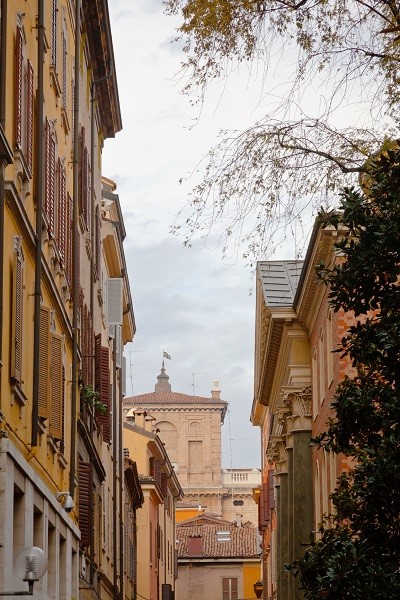
Ph. depositphoto.com/vvoennyy
Returning to Largo Sant’Agostino, take Viale Berengario where on the left the Foro Boario can be seen, today seat of the Faculty of Economics and one of the exhibition halls of the Municipality. Carry on to Via del Voltone at the end of which is the Church of Santa Maria Della Pomposa fronting onto the square, then take Via Taglio until reaching L.go San Giorgio where the church of the same name is situated. This brings you back to Piazza Roma, where the itinerary ends.
At some point, don’t forget to stop at one of the many restaurants in the town to try some tortellini or tigelle and crescentine, the local dishes.

Ph. depositphoto.com/fpwing_c

